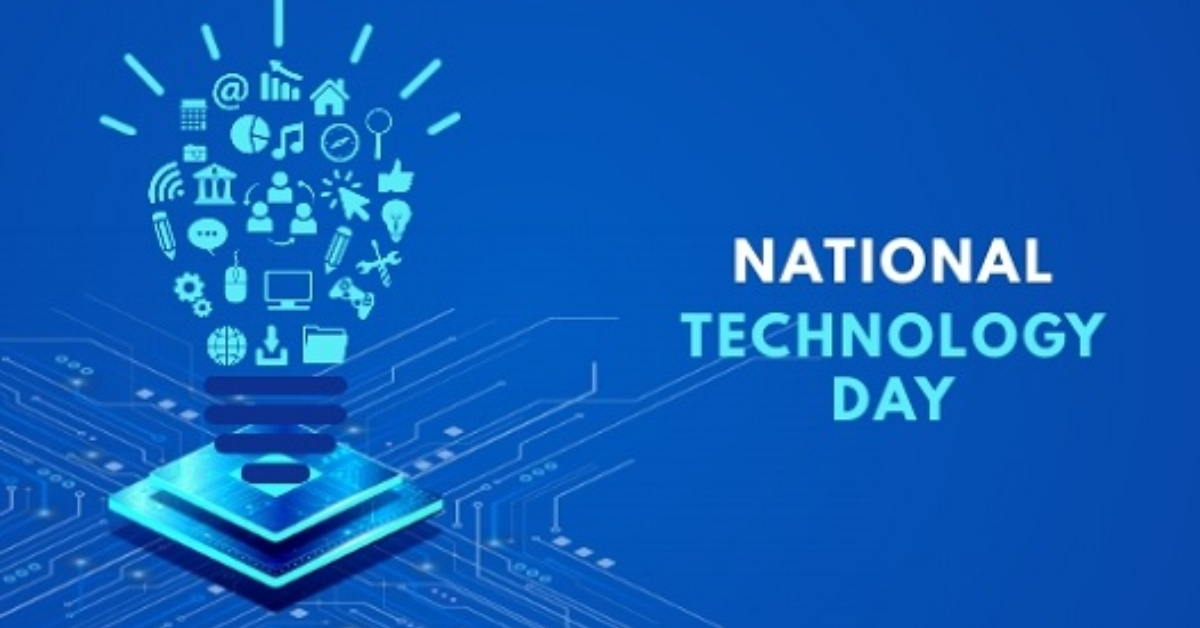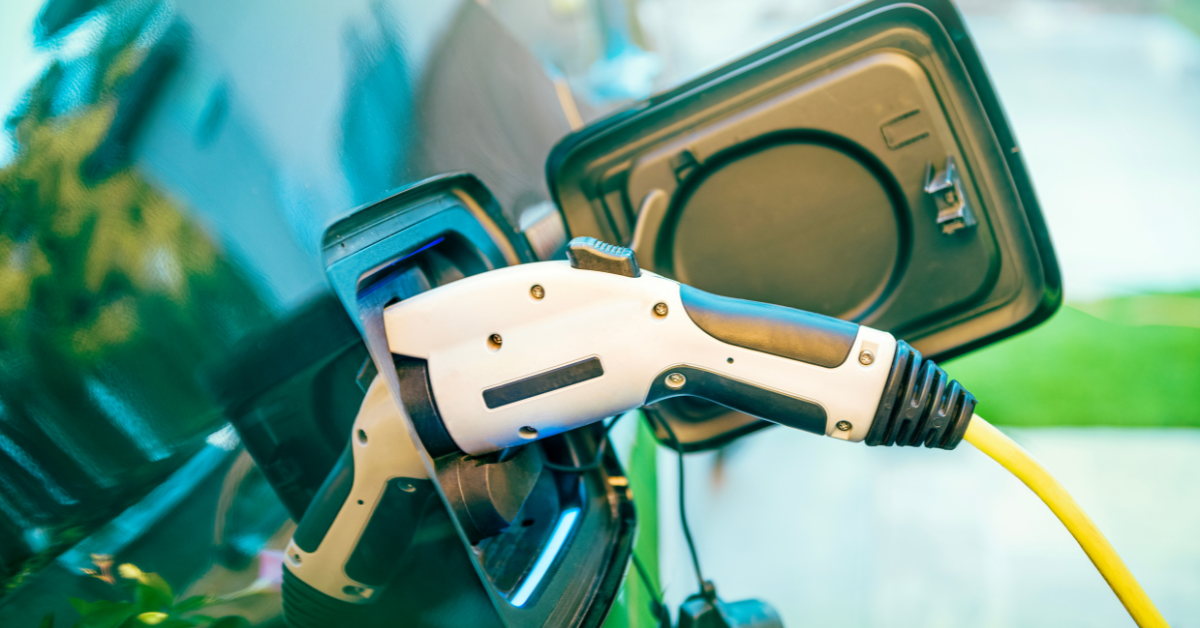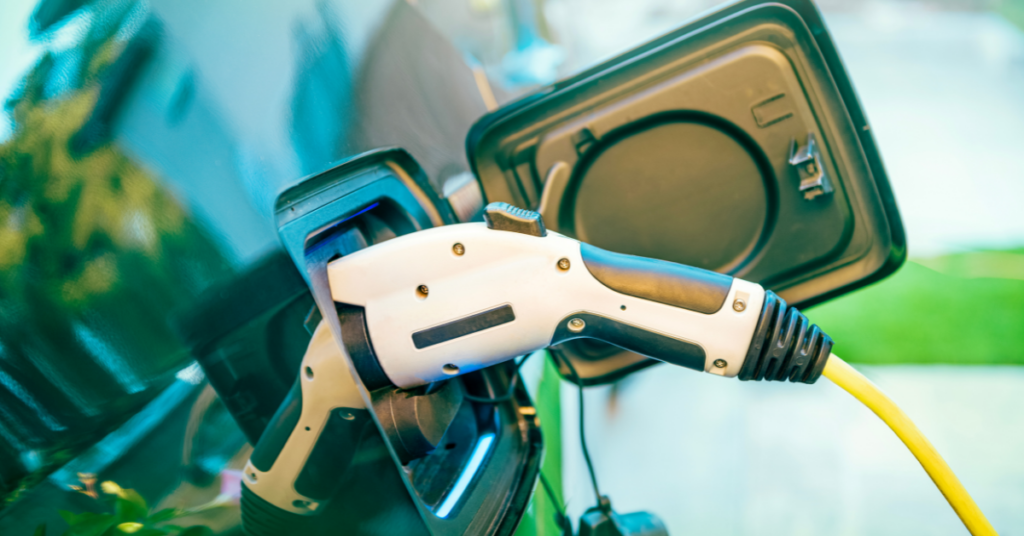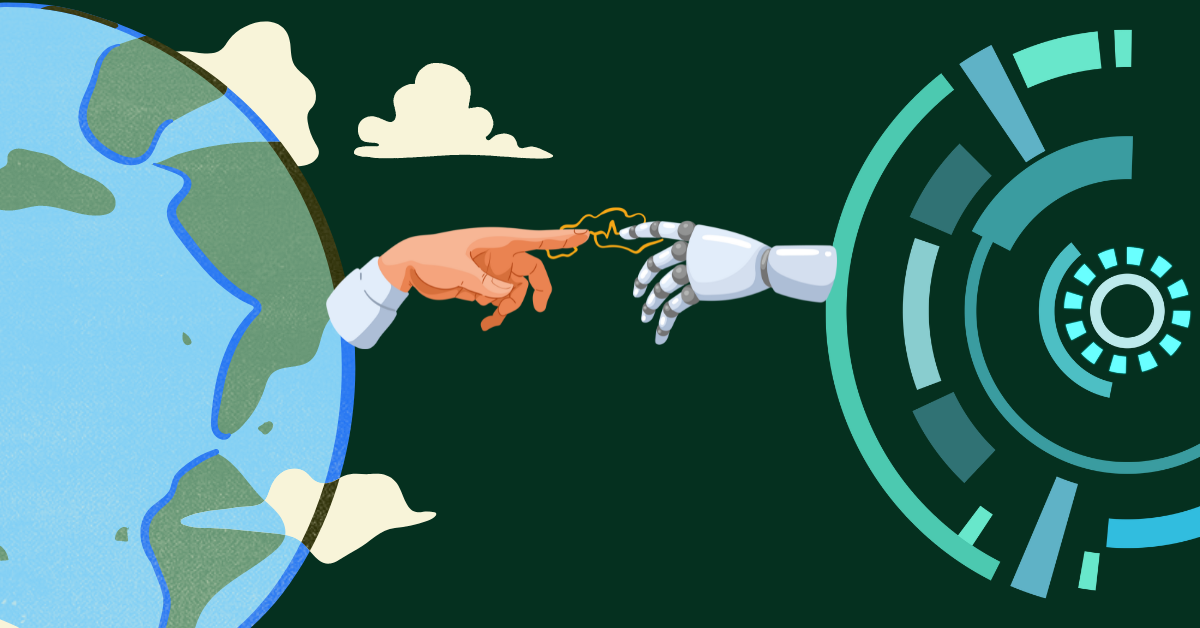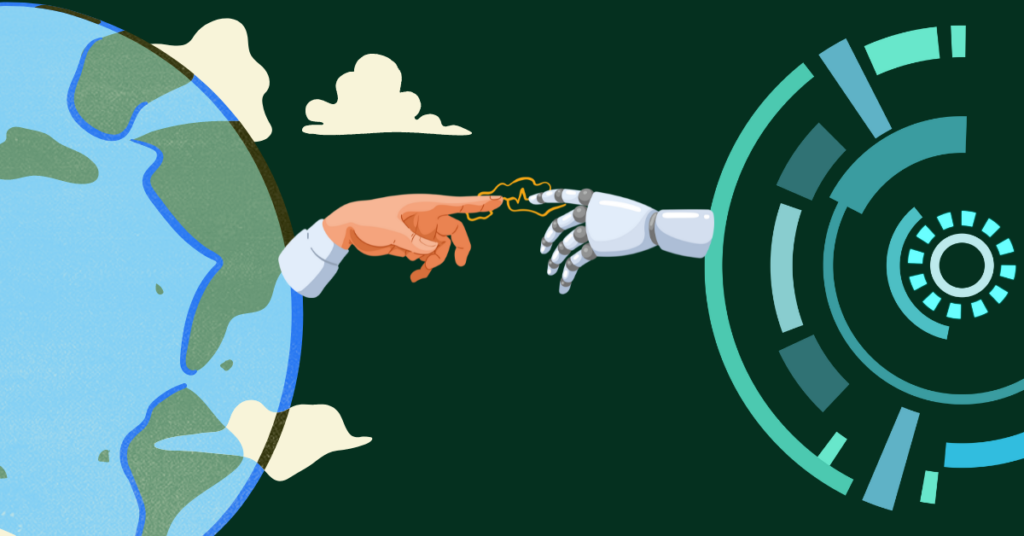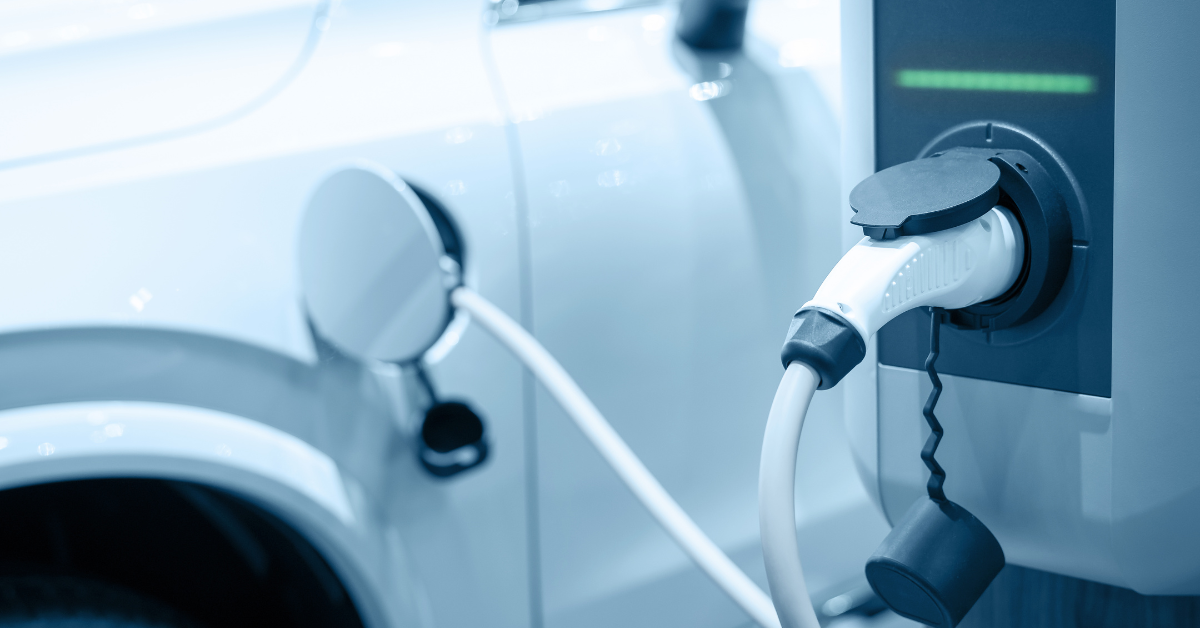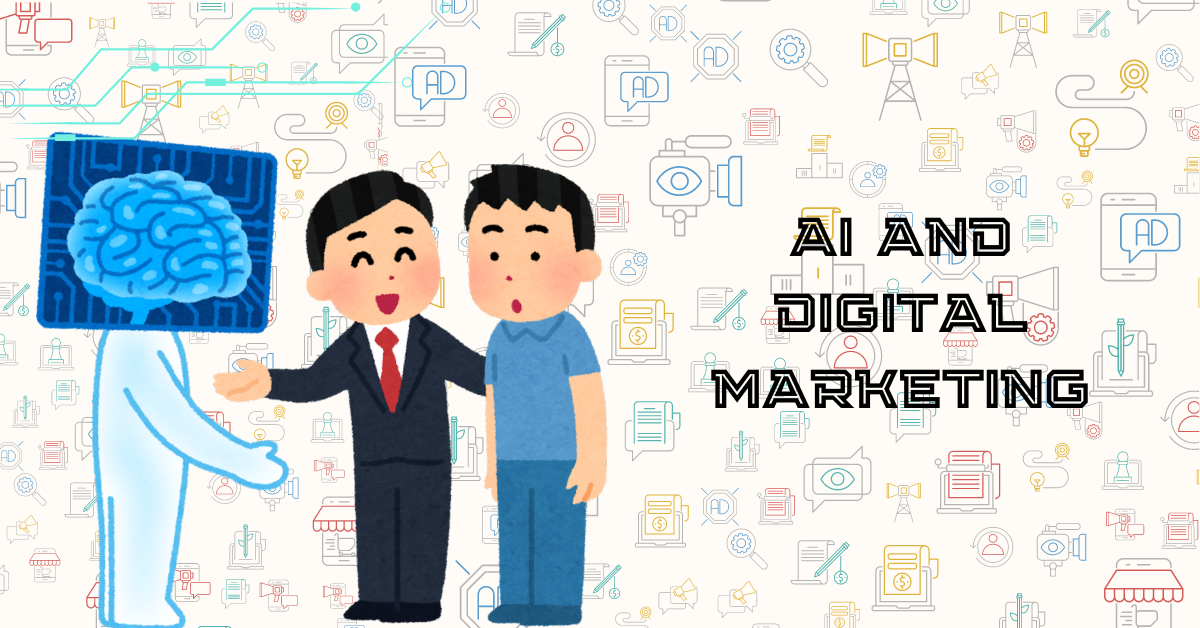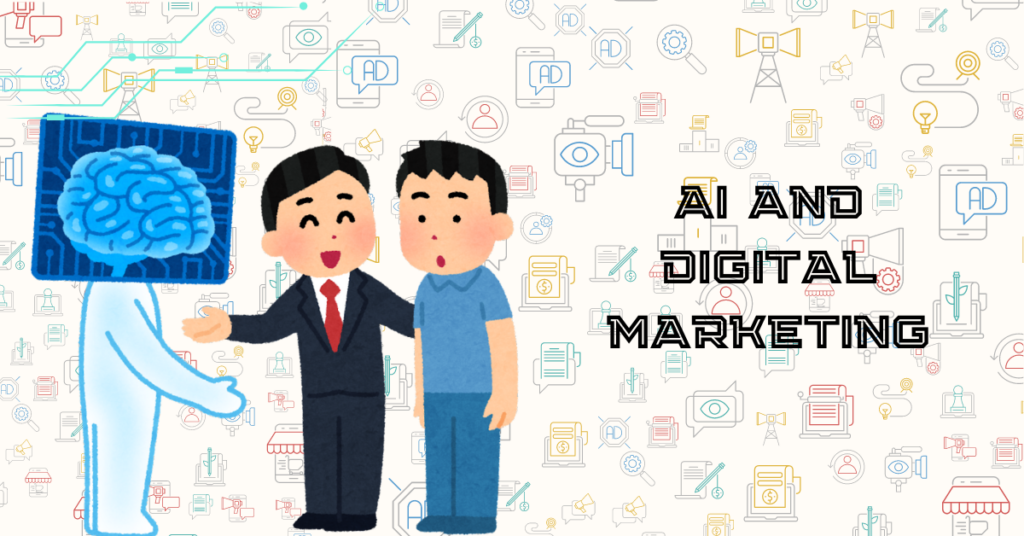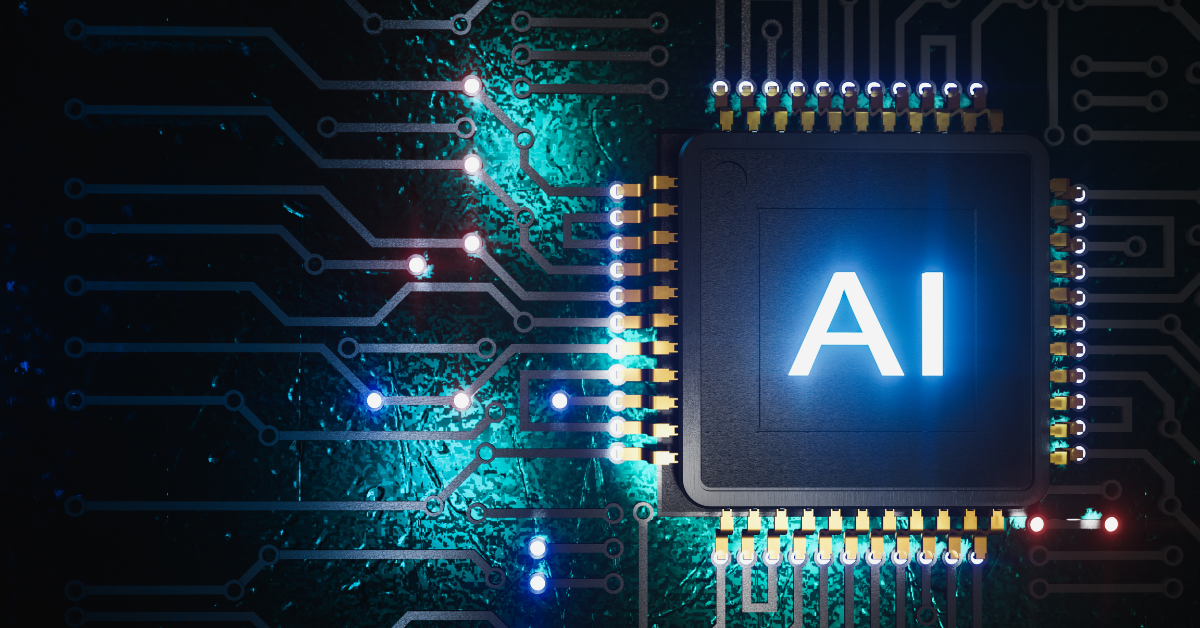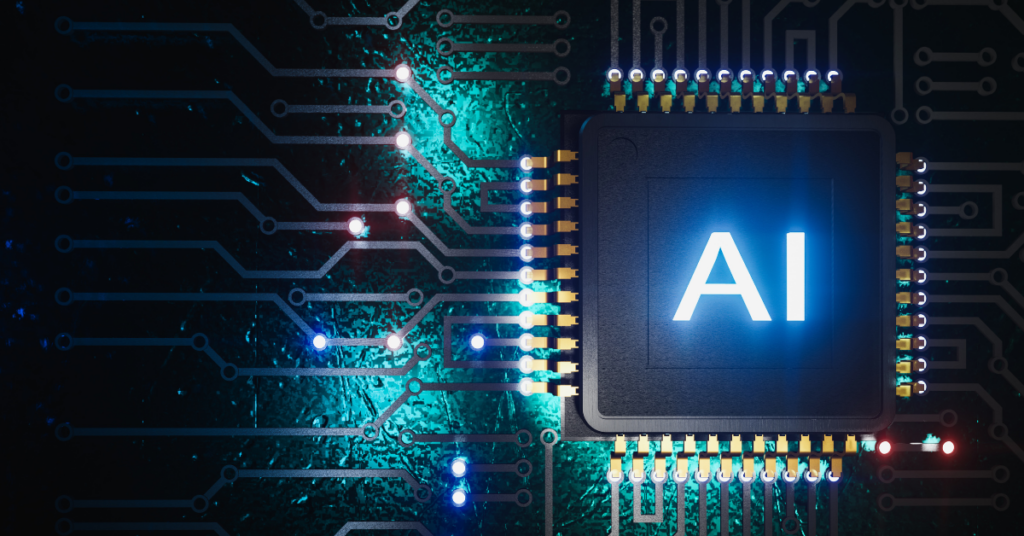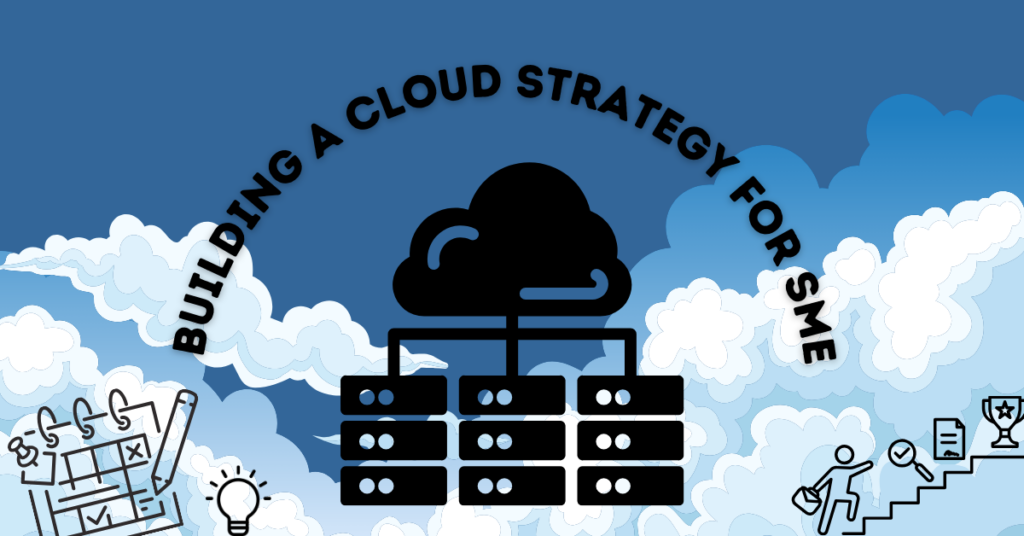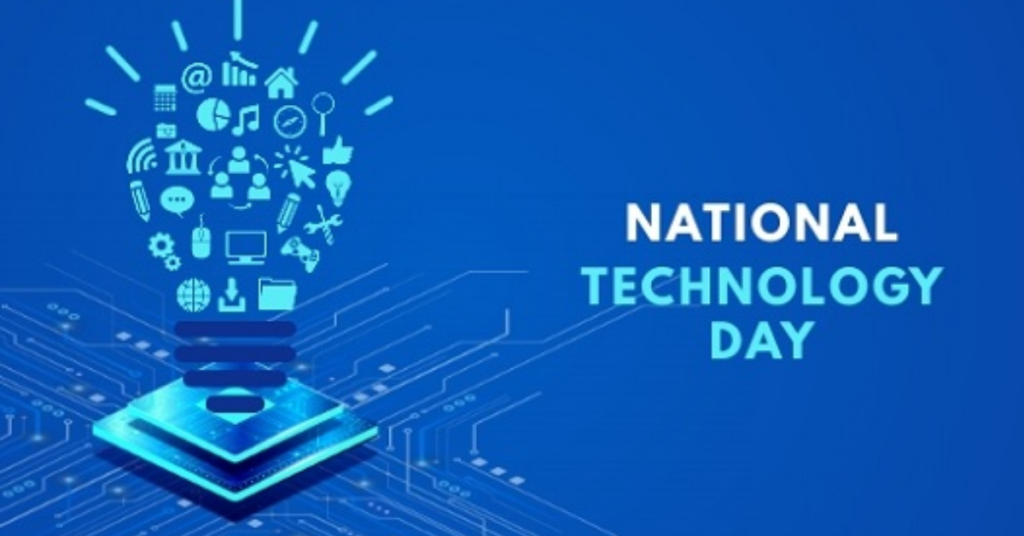
Innovation and Sustainability Showcased on National Technology Day
The celebration of National Technology Day 2024, organized by the Technology Development Board (TDB) under the Department of Science and Technology, took place on May 11th at the INSA Auditorium in New Delhi. The event centered around the theme of ‘Promoting Clean and Green Technologies for a Sustainable Future’ and brought together distinguished scientists, dignitaries, and thought leaders with the shared goal of advancing towards a cleaner, greener, and more resilient nation.
During the event, Prof. Ajay Kumar Sood, the Principal Scientific Advisor to the Government of India, emphasized the importance of initiatives like the National Electric Mobility Mission Plan (NEMMP) and Faster Adoption and Manufacturing of Hybrid and Electric Vehicles (FAME) in reducing greenhouse gas emissions through the promotion of electric vehicles (EVs). He highlighted the EV Mission led by the Prime Minister’s Science, Technology Innovation and Advisory Council (PM-STIAC), aimed at establishing supportive standards and frameworks for EV adoption.
Prof. Sood also highlighted the strategic significance of the National Hydrogen Mission in India’s journey towards achieving a net-zero target by 2070, stressing substantial investments in green hydrogen production. He emphasized ongoing efforts in Carbon Capture Utilization and Storage (CCUS) technologies, aimed at optimizing costs and expanding industrial applications to further India’s sustainability objectives.
In the context of enhancing India’s technological frameworks and policies for sustainable development and meeting international climate goals, Prof. Sood emphasized the importance of consultative groups and international collaborations, such as OPSA’s partnership with Rocky Mountain Institute (RMI) on Zero Emission Trucking.
Addressing the audience, Prof. Abhay Karandikar, Secretary of DST, highlighted the pivotal role of innovation in national development, emphasizing the need to foster a culture of innovation and provide opportunities for individuals to contribute to the nation’s progress. He underscored government initiatives in funding research and development programs and nurturing innovation through schemes like NIDHI and TDB, which focus on incubating startups and fostering entrepreneurship.
Prof. Karandikar stressed the integration of technology into policy frameworks to drive progress, highlighting collaborations with line ministries towards sustainability goals. With a vision for achieving net-zero carbon emissions by 2070, he aspired for India to become a global leader in sustainability efforts.
The event also featured a keynote address by Padmashri Prof. G.D. Yadav, advocating for sustainable solutions and technological innovations to achieve net-zero carbon emissions by 2070. He emphasized the potential of white and green hydrogen and proposed innovative approaches such as waste-to-wealth factories, hydrogenating plastic, and battery recycling.
Sh. Rajesh Kumar Pathak, Secretary of TDB, highlighted pivotal projects funded by TDB, emphasizing the critical role of these technologies in promoting environmental stewardship.
Prof. Ashutosh Sharma, President of INSA and Former Secretary of DST, emphasized the essential role of technology in achieving sustainability goals, urging policymakers and stakeholders to prioritize technology initiatives that focus on electric vehicles (EVs), green hydrogen, carbon capture, and energy-efficient habitats to combat climate change and promote sustainable development.
Additionally, the event showcased 23 students representing 20 projects selected to compete in the Regeneron International Science and Engineering Fair (ISEF). These finalists will represent India at the prestigious fair in Los Angeles, California, USA, from May 11-17, 2024, where they will engage with over 1,600 young science enthusiasts from 60+ countries and showcase innovative projects on a global stage.
